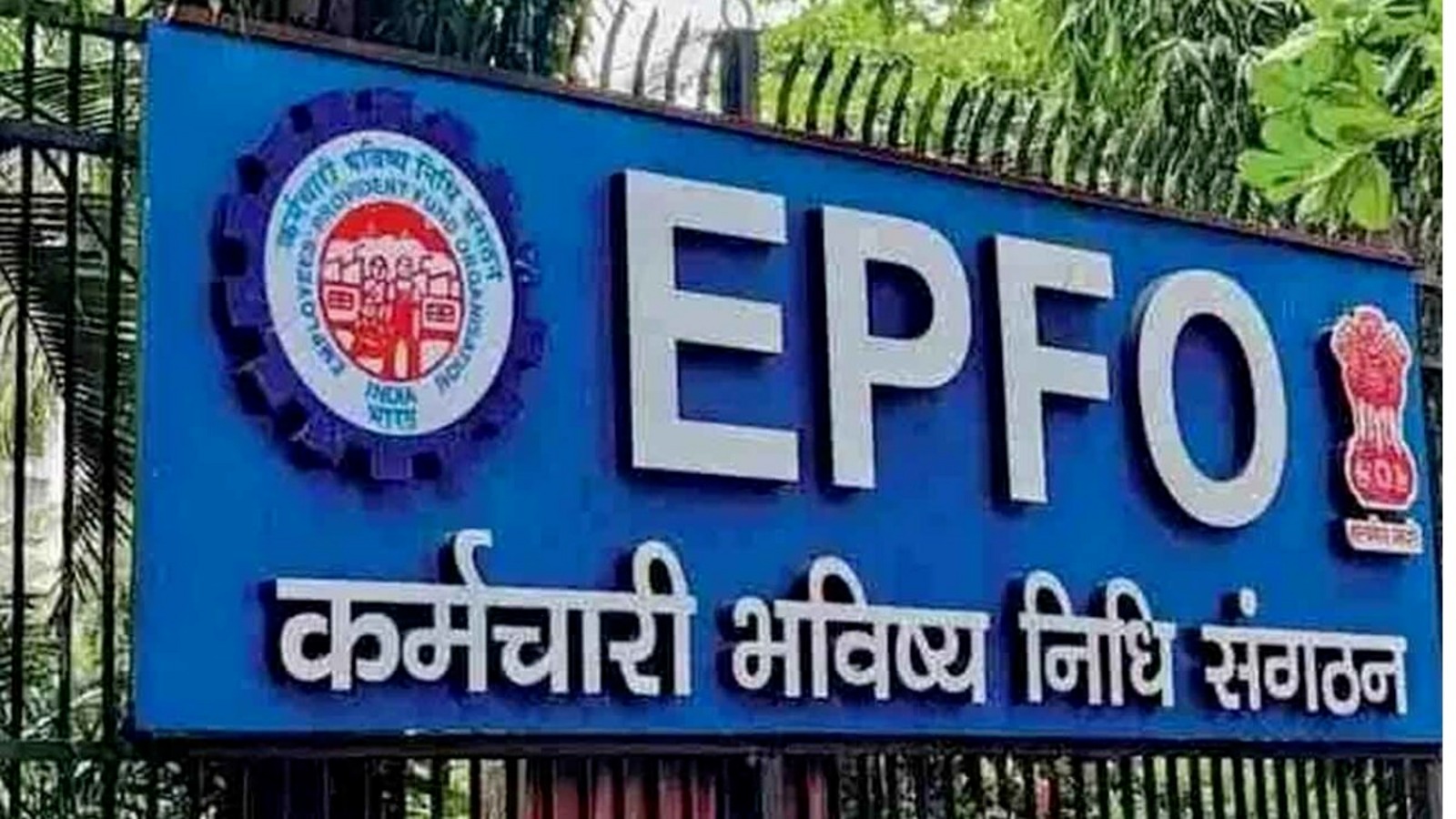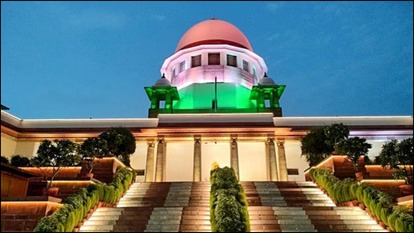T.D. Sugla, J.@mdashThe only question of law raised in this reference at the instance of the Revenue is :
"Whether, on the facts and in the circumstances of the case and for evaluating under rule 3 of the Income Tax Rules, 1962, the value of rent-free quarters, the term ''salary due to the assessee'' would refer to the aggregate salary due from more than one employer even if the rent-free accommodation is provided by only one of the employers ?"
2. The assessee, an individual, inter alia, earns remuneration from two concerns, Prakash Cotton Mills Ltd. and Bharat Barrel and Drum Manufacturing Co. Ltd. The former has also provided him free residence. The question is regarding computation of the perquisite value of the free residence in his hands. The Income Tax Officer computed it at Rs. 16,200. This was done by deducting Rs. 3,600 being exempt u/s 10(14) of the Income Tax Act from Rs. 19,800 being the rent paid by the employer for the flat. The Appellate Assistant Commissioner found that the rent paid by Prakash Cotton Mills Ltd. was Rs. 15,900 and not Rs. 19,800. He also found that 1/3rd portion of the premises was utilised by the assessee-company as its guest house. In view of the fact that the residence was provided by Prakash Cotton Mills Ltd. only, the Appellate Assistant Commissioner computed the perquisite value of the free residence at Rs. 9,100. Thus, he worked out by taking the amount of rent payable by the employer in respect of the premises occupied by the assessee at Rs. 10,600 (2/3rds of Rs. 15,900) and deducting therefrom a sum of Rs. 1,500 arrived at by holding the value of perquisite in the hands of the assessee would be 12 1/2% of the salary from the particular employer and the excess over 37 1/2% of the said salary holding, in other words, that only 25% of the salary was exempt. The Tribunal accepted the assessee''s contention that the value of perquisite in respect of the rent-free residence was required to be computed in accordance with rule 3 of the Income Tax Rules, 1962, and that the said rule provided for determination of the value of the perquisites in the manner prescribed therein with reference to the "salary" of the employee which meant the salary received by the employee from any number of employers and not merely the employer who provided the free residence. In this manner, the Tribunal held the perquisite value of the free residence as nil.
3. Shri Jetley, learned counsel for the Department, contended that rule 3(a) properly construed would mean salary due to the assessee from the employer who provided free accommodation. Fairly admitting that the word "salary" was not qualified in rule 3(a), in any manner, he stated that it was a matter of sheer common sense, that while computing the value of perquisites in respect of free residence provided by an employer, the salary paid by that employer alone would require to be considered.
4. Rule 3 of the Income Tax Rules, 1962, prescribes the method of valuation of perquisites. Sub-rules (a) and (b) thereof provide for valuation of perquisites in the form of rent-free furnished or unfurnished residence. We are concerned herein with sub-rule (a), the relevant extract of the rule is given as under :
"3. Valuation of perquisites. - For the purpose of computing the income chargeable under the head ''Salaries'', the value of the perquisites (not provided for by way of monetary payment to the assessee) mentioned below shall be determined in accordance with the following clauses, namely :-
(a) The value of rent-free residential accommodation shall be determined on the basis provided hereunder, namely :- ...
(iii) In any other case, - ...
Provided that - ...
Explanation 1. - ''Salary'' includes the pay, allowances, bonus or commission payable, monthly or otherwise, but does not include the following, namely :- ..."
5. It is an admitted position that the value of the perquisite is to be computed with reference to "salary" due to the assessee in respect of the period during which the said accommodation was occupied by him. There is, thus, a limit on the salary with reference to period but not with reference to employers. Moreover, the word "salary" as used in sub-rule (a) has been defined by Explanation 1 hereinabove to mean what it means u/s 17 of the Act, which means salary chargeable in the hands of the employee irrespective of the fact whether it is received from one employer or more than one employer. The plain language of rule 3(a), thus, does not support the Department''s interpretation though it may not sound very unreasonable on the face of it. To repeat, the words used in the rule at every place are 10% or 12%, depending on whether the free residence is furnished or not, of the salary due to the assessee. Therefore, unless one finds any ambiguity about the meaning of the expression "salary due to the assessee", it will have to be held that the word "salary" means salary received by the assessee employee from his employer irrespective of the number and irrespective of the fact who provided him the rent-free accommodation. This is the view the Tribunal has taken. The view is certainly a reasonable view as we are concerned in this case with the assessment of the employee and not of the employer.
6. Accordingly, the question is answered in the affirmative and in favour of the assessee.

